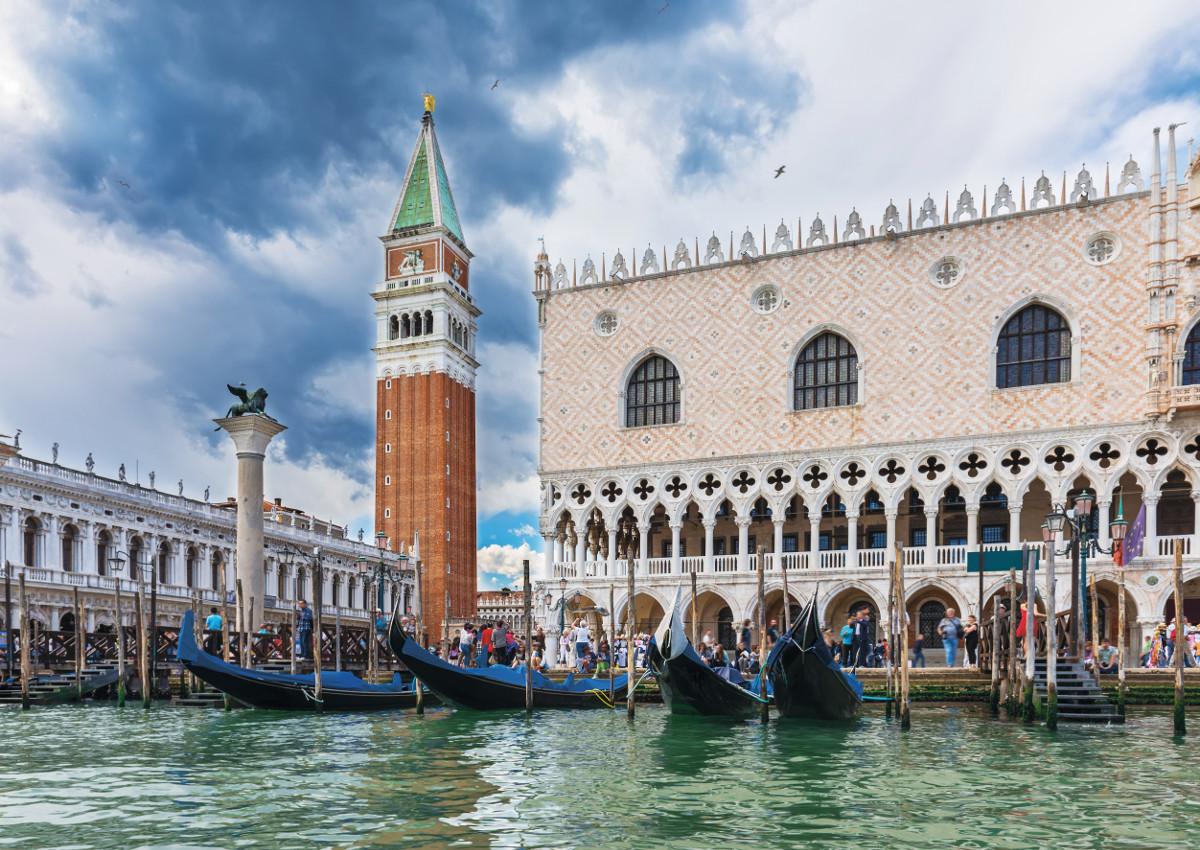
In the North-East of Italy, bordering the Dolomite mountains and the Adriatic sea lies the Veneto region, with the magical waterlocked city of Venice at its helm. The agri-food sector in Veneto is among the most advanced in Italy and Europe. In 2017, according to data by Veneto Agricoltura, the gross agricultural production registered a value of 5.7 billion euro (up by 0.2% compared to the previous year). Exports rose by 4.7% (with a value of 4.8 billion euro), but the balance of trade registers a negative trend, with +7.9% in imports. One of the main items of the food industry in Veneto is wine. The region is the first in Italy for production, led by the provinces of Verona and Treviso, and it contributes to the national total for over 19% on average (and for about 3.5% worldwide). Veneto also leads the Italian wine exports: in 2016 it reached 2 billion euro, which equals to 35.6% of the national total. As the first region concerning the economic impact of certified wine, it accounts for 53 denominations, for a value of bulk wine of 1.27 billion euro, corresponding to 40% of the national total (data by Ismea-Qualivita). 2017 was a tough year for grape yields, yet it did not jeopardize quality. Production fell by 18.6% compared to the previous year, with a quantity of wine estimated around 8 million hectolitres (in 2016 it was 10.1 million). In the food sector, Veneto is famous worldwide for radicchio, with over half of the national production: this record is mostly due to the commercial relevance of the four PGIs of this vegetable.
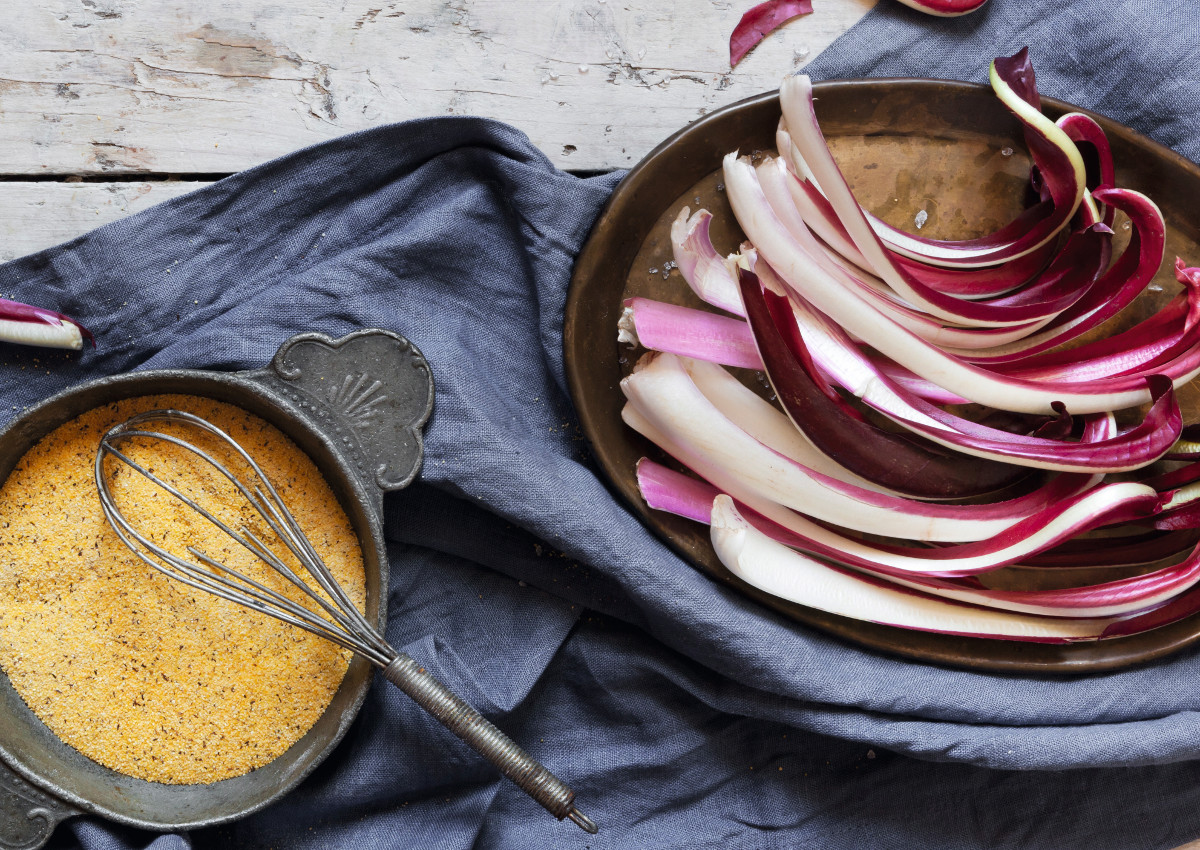
Cuisine of Veneto
Before each meal, locals usually indulge in a Spritz, a cocktail with sparkling white wine (Prosecco), and nibble on ‘Sarde in Saor’, fried sardines seasoned with sweet-and-sour onions, typical of Venice. They then can have ‘Fegato alla veneziana’, pan-fried veal liver with onions. Alternatively, they can choose another fish dish, ‘Baccalà mantecato’, a cream of dried codfish, typical of the Serenissima, and ‘Baccalà alla vicentina’, pieces of slow cooked codfish with onions, milk, and oil. Polenta is the ideal match to these and many other dishes, and it was also farmer’s staple food in the area until a few decades ago. In Veneto we can also taste polenta rossa (red polenta), made with a special variety of corn, Marano, and polenta bianca (white polenta), made with the Biancoperla variety. For those who prefer main courses, we can choose among ‘Risi e bisi’ – a risotto with peas – or ‘Bigoli’ – large soft-wheat spaghetti – and many varieties of gnocchi (dumplings: they are named after a word in the local dialect). The most popular desserts are also the most iconic in Italy, such as Pandoro and Tiramisù. To finish a meal properly, a shot of grappa is what it takes.
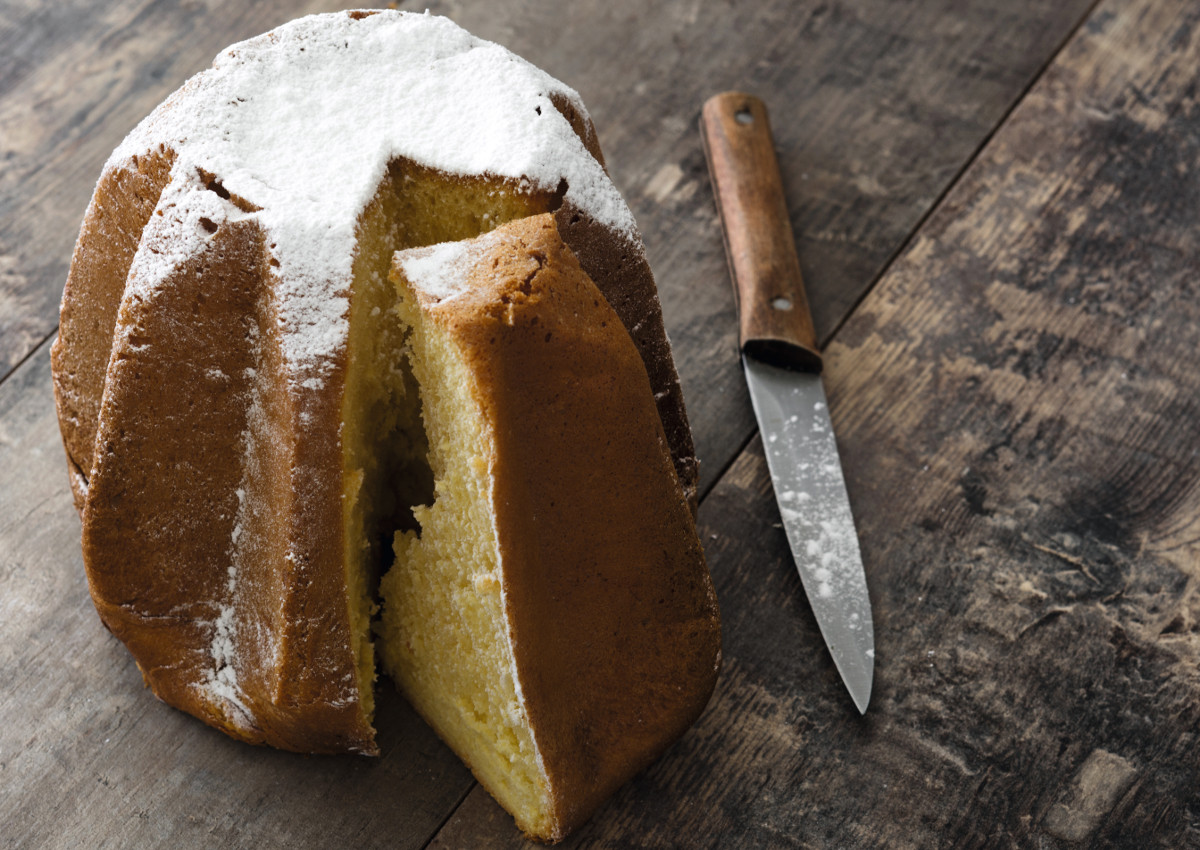
The confectionery tradition
Which is the ultimate Italian Christmas dessert? Pandoro or Panettone? Namely, the cake from Verona or the one from Milan? These two specialities are neck and neck on Italian tables and in Italian hearts, and they are increasingly being appreciated abroad too, as proved by rising exports. Pandoro (literally, golden bread), is a typical dessert from Verona, and here are located some of the most important companies in the confectionery industry. Veneto is the main player in another battle, the one regarding Tiramisù. As the famous rivalry between Australia and New Zealand over Pavlova, the origins of Tiramisù are disputed between different Italian regions, and it is assigned to Friuli-Venezia Giulia as PAT (Prodotto agroalimentare tradizionale, traditional Italian regional food product). Savoiardi, the fundamental ingredient in this recipe, along with mascarpone and coffee, are produced on an industrial scale in the province of Verona. Baked goods and confectionery are a leading player in the regional economy, not only quantitatively speaking, but also because they include some of the most representative Italian made products.

All the colours and shapes of Radicchio
Radicchio, also known as Italian chicory, is a typical vegetable from Veneto. Here many varieties have been selected, and different growing techniques have been developed to enhance its features. There is a deep bond with the territory that has generated four PGIs.
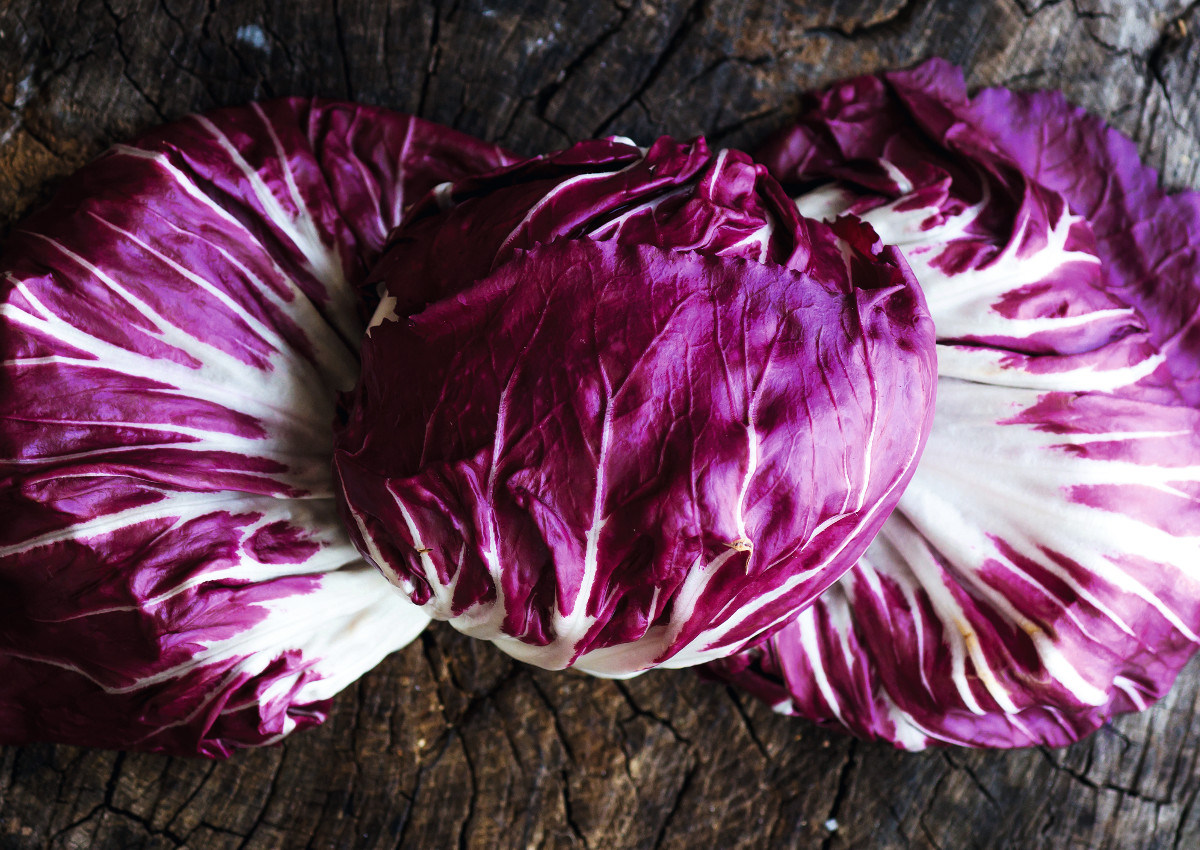
Radicchio Rosso di Treviso PGI
This PGI includes two types: Precoce (early-growing) and Tardivo (late-growing), for a total turnover of about 2 million euro a year, and a production that exceeds 500 tonnes on average. The early-growing type is harvested in September and has a bright red large head. The finest late-growing one is processed by hand through forcing and cleaning to obtain narrow and curved leaves, crunchy and pleasantly bitter. Radicchio Rosso di Treviso is a much sought-after product by chefs worldwide, but it is not easy to export due to its perishable nature.
Radicchio Variegato di Castelfranco PGI
This vegetable has an elegant aspect, and it looks like a large creamy-white rose tinged with red. Beauty is not its only merit: the flavour is particularly sweet and much liked by gourmets. Also suited for dessert preparation.
Radicchio di Verona PGI
With its compact and oval shape, Radicchio di Verona resembles a tulip. Its large leaves and extensive veining make it also suited for grilling, as well as many traditional recipes such as risotto.
Radicchio di Chioggia PGI
Cultivated on the coastline from the Southern Venice Laguna to Po Delta, this variety presents a compact round head both in the early and late-growing varieties.
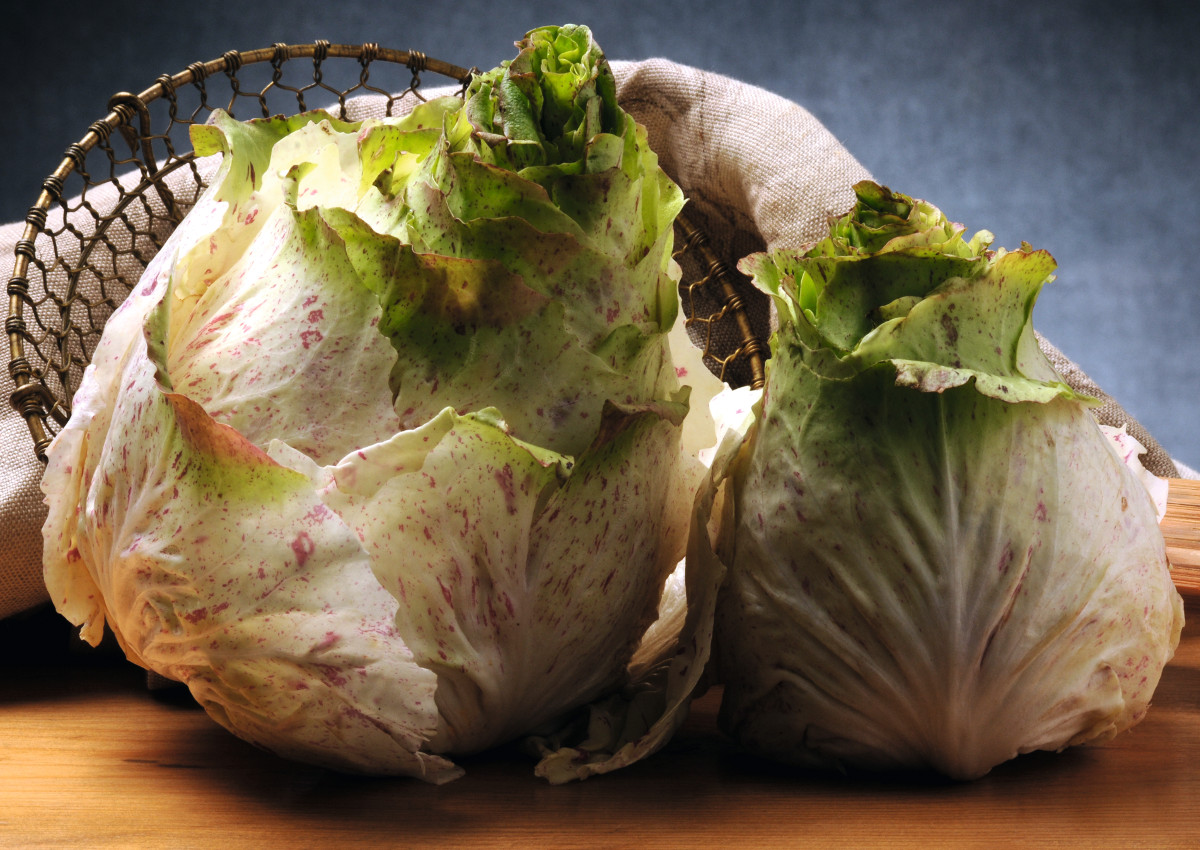
Veneto and its biodiversity
It is not always easy to find a balance between market requests, which lead to the intensive growing of a few varieties and opposing trends that focus on recovery and enhancement of varieties and ecotypes. Veneto has a vast heritage of biodiversity, which often reflects traditional cuisine, but it can also represent an economic interest driven by the hospitality industry. In the grain sector, for example, the grand tradition of polenta can count on some unusual corn varieties. One of them is Marano corn, with its bright orange corncobs, or Biancoperla corn, which has pale opalescent kernels, resembling pearls, hence the name. Biancoperla corn, today a Slow Food denomination, was primarily cultivated in the Veneto plain, and its polenta is delicate to the palate. Another grain historically cultivated in Veneto is rice, which has two PGI recognitions. Riso del Delta del Po PGI identifies a production area that includes a part of the province of Rovigo, in Veneto, and the one of Ferrara, in Emilia-Romagna. The cultivated varieties are Carnaroli, Volano, Baldo and Arborio, which are perfect for risotto and other typical recipes. These areas near the sea have a high soil salinity, which gives the grains a particularly salty flavour. Production in 2017 exceeded 1,400 tonnes, backed by the industry that has shown interest in marketing higher quality rice. Riso Vialone Nano Veronese PGI is produced in a small area in the province of Verona, in the spring river basins, up to the Western shores of Adige. As the varieties cultivated in the Po Delta, Vialone Nano is genuinely Italian rice, particularly appreciated, and it is perfect for creamy risotto.
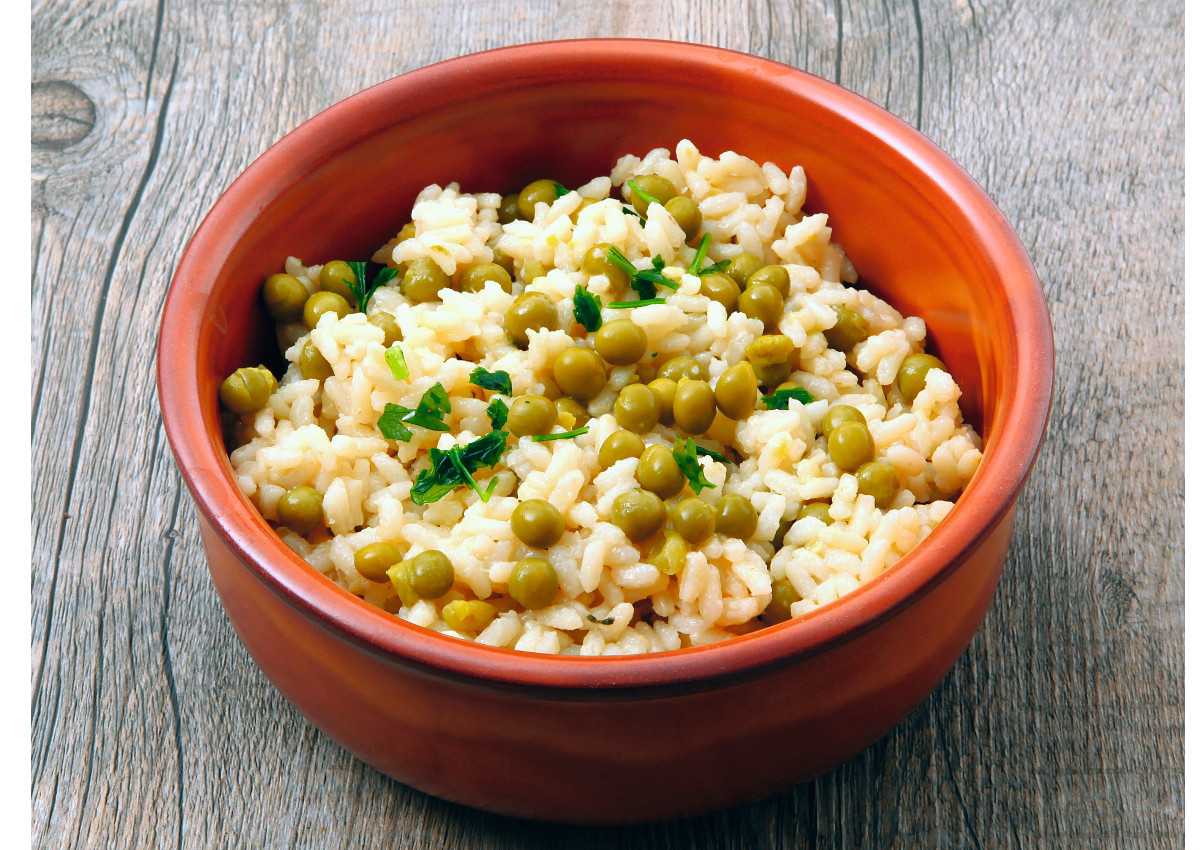
The Prosecco System
The ‘Prosecco System’ gathers the Consortiums of three PDOs – Prosecco, Conegliano Valdobbiadene-Prosecco (DOCG), and Asolo-Prosecco (DOCG), and it identifies an area between Veneto and Friuli-Venezia Giulia that represents one of the most important district of the Italian agri-food industry. Still, Sparkling, or Spumante, with many DOCGs, Italians love Prosecco and foreigners too, so much that exports absorb a large slice of production. Prosecco System was born in 2014 to better manage increasing sales, exports and value growths, usually double digits. Such a success understandably exposes the product to risks of counterfeiting. Prosecco PDO, with over 300 million bottles marketed – 70% of which cross national borders – won the sorry record of the most counterfeited product in 2016. Such high production volumes have a substantial impact on the territory, and Consortia have a real environmental responsibility.

Amarone della Valpolicella PDO
Valpolicella is a hilly area within the province of Verona, where Amarone, one of the crown jewels of Italian wines, has been produced for centuries. This brick red wine, with its unique aromatic notes, is celebrating the 50th anniversary of its PDO status in 2018. It’s a business that exceeds 300 million euro, and a production that it’s principally destined to exports. Germans are the first estimators of Amarone, followed by the United States, Switzerland, and the UK, with significant growth on the Canadian market.
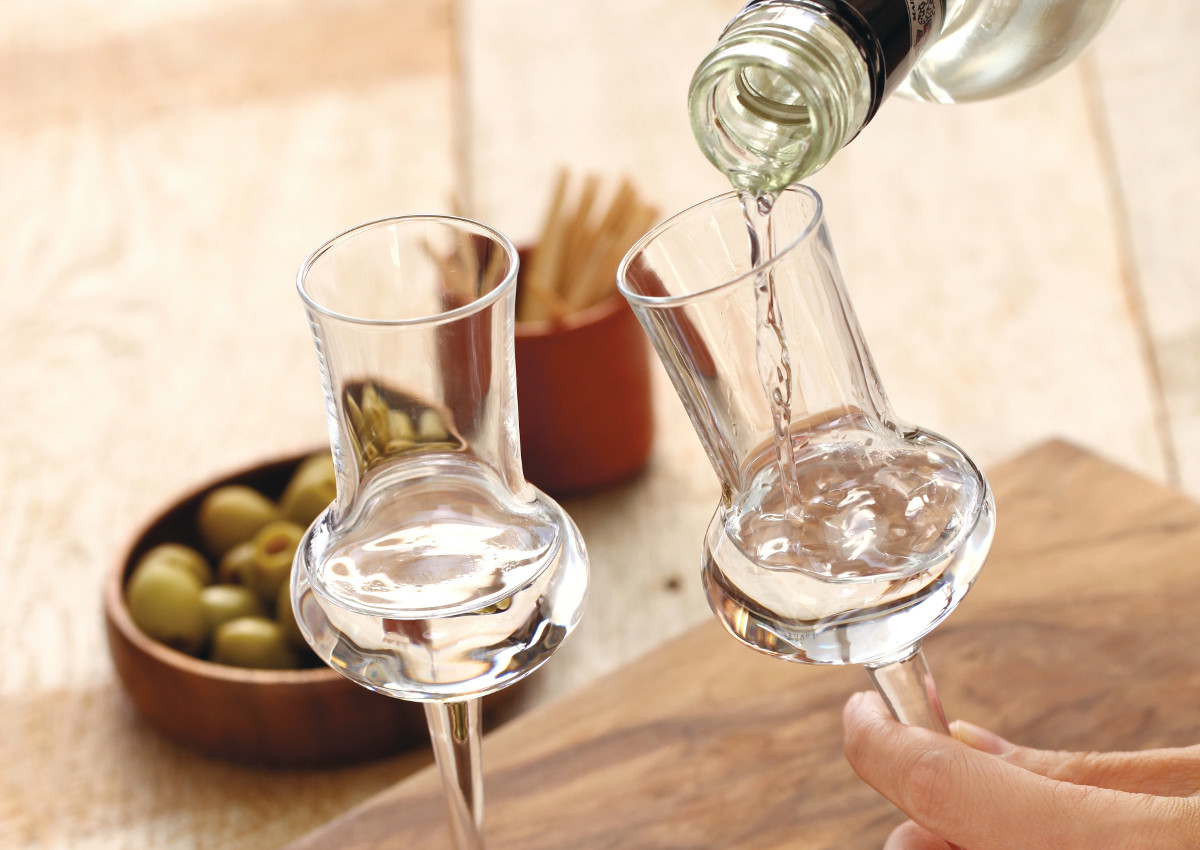
Grappa
Given the strong wine calling in the area, the record regarding the production of grappa, the ultimate Italian spirit, is no surprise. Grappa is going through a moment of transition: domestic consumption has halved in 40 years, and its presence in international markets is still modest, yet with a high potential due to Germany, which absorbs around 70% of exports. Producers are betting on the premium segment, the one of single-vine and aged grappa, to gain a foothold on foreign markets and win back lost shares on the domestic consumption side. Growth must be driven by quality, and grappa has the right personality, to gain primacy on an international level. It is a unique case because unlike other spirits, it is not made with wine nor must, but with marc, namely what is left of each grape after the extraction of the pulp. There are many distilleries in Veneto, particularly in the areas of Vicenza and Treviso, that produce this spirit, both as handcrafted and industrial products. The oldest one in Italy is Nardini, located in Bassano del Grappa (Vicenza), and it was founded in 1779. Grappa Veneta GI, or Grappa del Veneto, was awarded the GI (geographical indication) status in 2015 to identify the one produced in the region, while Grappa GI can be produced anywhere in the country.
The winner is: Asiago Stravecchio PDO
Asiago is one of the top ten Italian PDO kinds of cheese, with over 20,000 tonnes produced every year, and it’s also one of the most renowned. In 2017, an Asiago Stravecchio PDO was awarded the sought-after title of Super Gold at the World Cheese Awards in London. In the same year, another Asiago Stravecchio PDO – mountain product (8 years) was recognized as one of the ten most precious kinds of cheese at Luxury Cheese, with a quotation price of 200 euro per kilogram. Asiago Stravecchio has a minimum ripening of 15 months, while the label ‘Mountain product’ regards the wheels produced above 600 metres on sea level. This cheese is named after the Altopiano di Asiago, on the border between Veneto and Provincia Autonoma di Trento. Other than dairy farms, it is still produced in malghe, the old dairy farms on the Alpine pastures. In the historical area of Asiago, which corresponds to the Seven municipalities of the highland, the Slow Food Asiago stravecchio denomination was created to encourage long ripening.

The other cheeses of Veneto
Veneto boasts a fair cheese range, some with relevant turnovers and others with a niche, more local market. Grana Padano, Taleggio, Montasio and Provolone Valpadana are the PDOs shared with other regions, while Casatella Trevigiana, Piave, and Monte Veronese are 100% local denominations.
Casatella Trevigiana PDO
Fresh, soft, cow’s milk cheese with no crust. It is produced with local cow’s milk, and it is creamy and sweet. Perfect alone, it can also serve in dessert preparation, cheesecake for example.
Piave PDO
Cooked, hard, cow’s milk cheese, it is marketed as Fresco, Mezzano, Vecchio, Selezione Oro and Riserva. Minimum ripening is 20 days for the Fresco (fresh), and over 18 months for Riserva.
Monte Veronese PDO
Semi-cooked, cow’s milk. It is produced with local cow’s milk, and it comes in two varieties: full-fat milk and ripened. The latter entails a ripening between 90 days and two years. Monte Veronese d’allevo di malga is a Slow Food denomination.
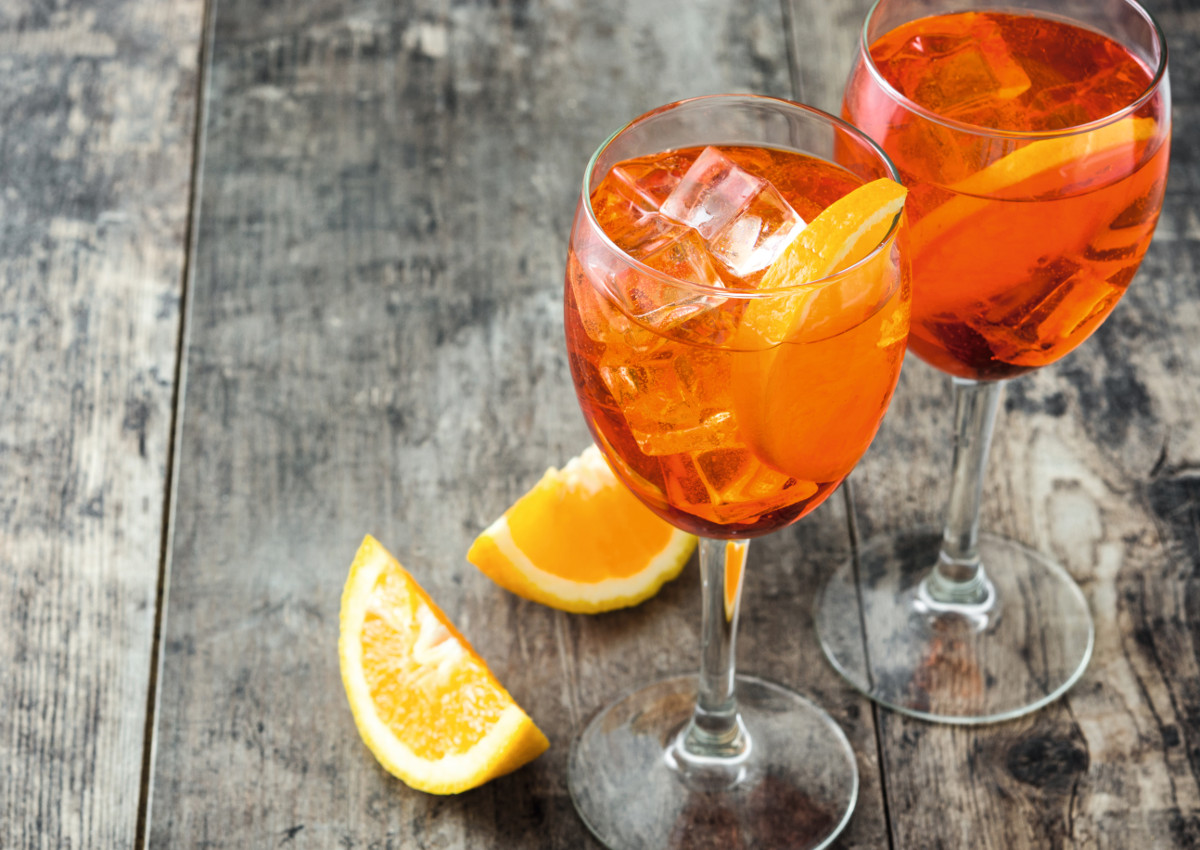
Prosciutto Veneto Berico-Euganeo PDO
This fine Prosciutto is processed and ripened on the Berici and Euganei hills, hence the name. It is precisely the area of production, with its climate, to determine the organoleptic properties of this sweet, soft and low in sodium cold cut. The average annual output is 5-600 tonnes, with steadily growing exports, mostly to Germany, Switzerland, Austria, and France. The thigh of Prosciutto Veneto PDO is instantly recognizable through the brand ironed mark that represents the Leone di San Marco, the symbol of Venice.


